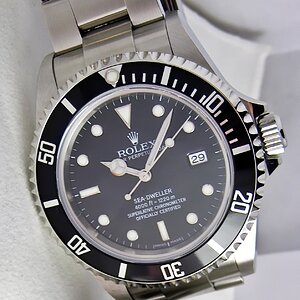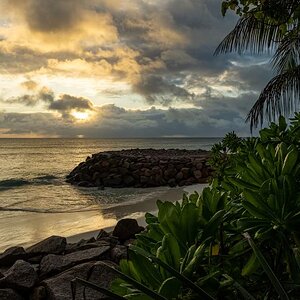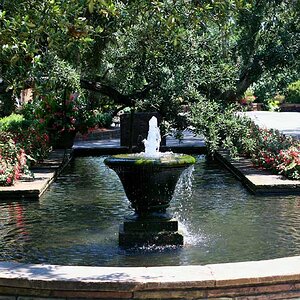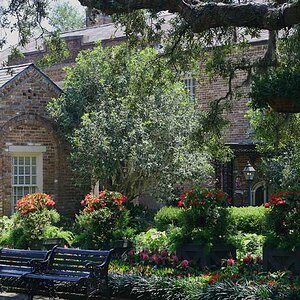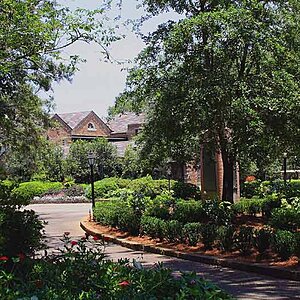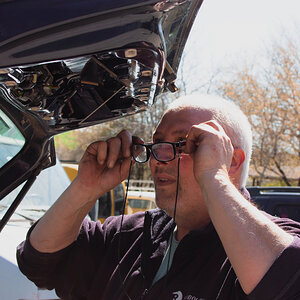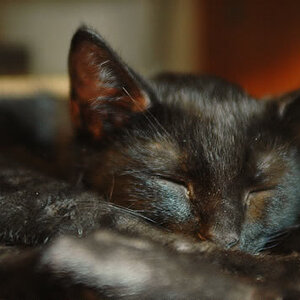Andreal
TPF Noob!
- Joined
- Jun 1, 2007
- Messages
- 60
- Reaction score
- 0
- Can others edit my Photos
- Photos OK to edit
Ah, thanks for the tips glaston! Started playing with the levels a bit more, using each color channel individually was really confusing at first, images would go really blue or green or something and i would have to try and counteract that  I think I am starting to get the hang of it now though and it really cool some of the things you can do with it by the looks of it, although I don't 100% understand why the things happend (I think I fluked a couple of them
I think I am starting to get the hang of it now though and it really cool some of the things you can do with it by the looks of it, although I don't 100% understand why the things happend (I think I fluked a couple of them  ). I have played with curves before and I think I am STARTING to get the hang of that too, although I sill have a long way to go to perfecting my ability
). I have played with curves before and I think I am STARTING to get the hang of that too, although I sill have a long way to go to perfecting my ability  .
.



